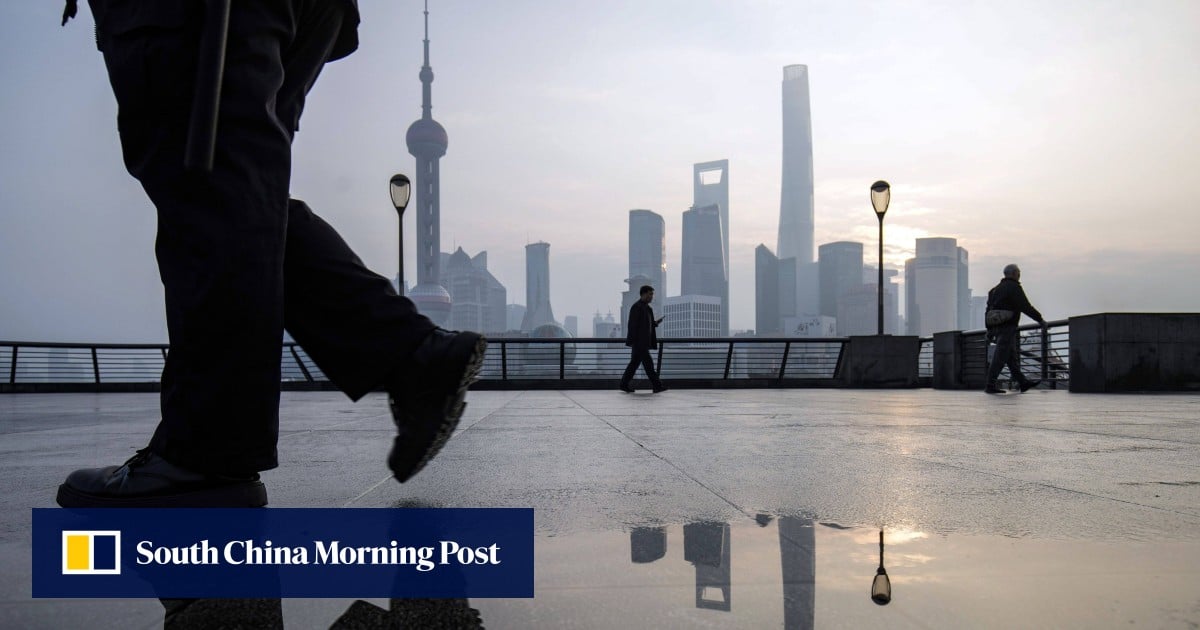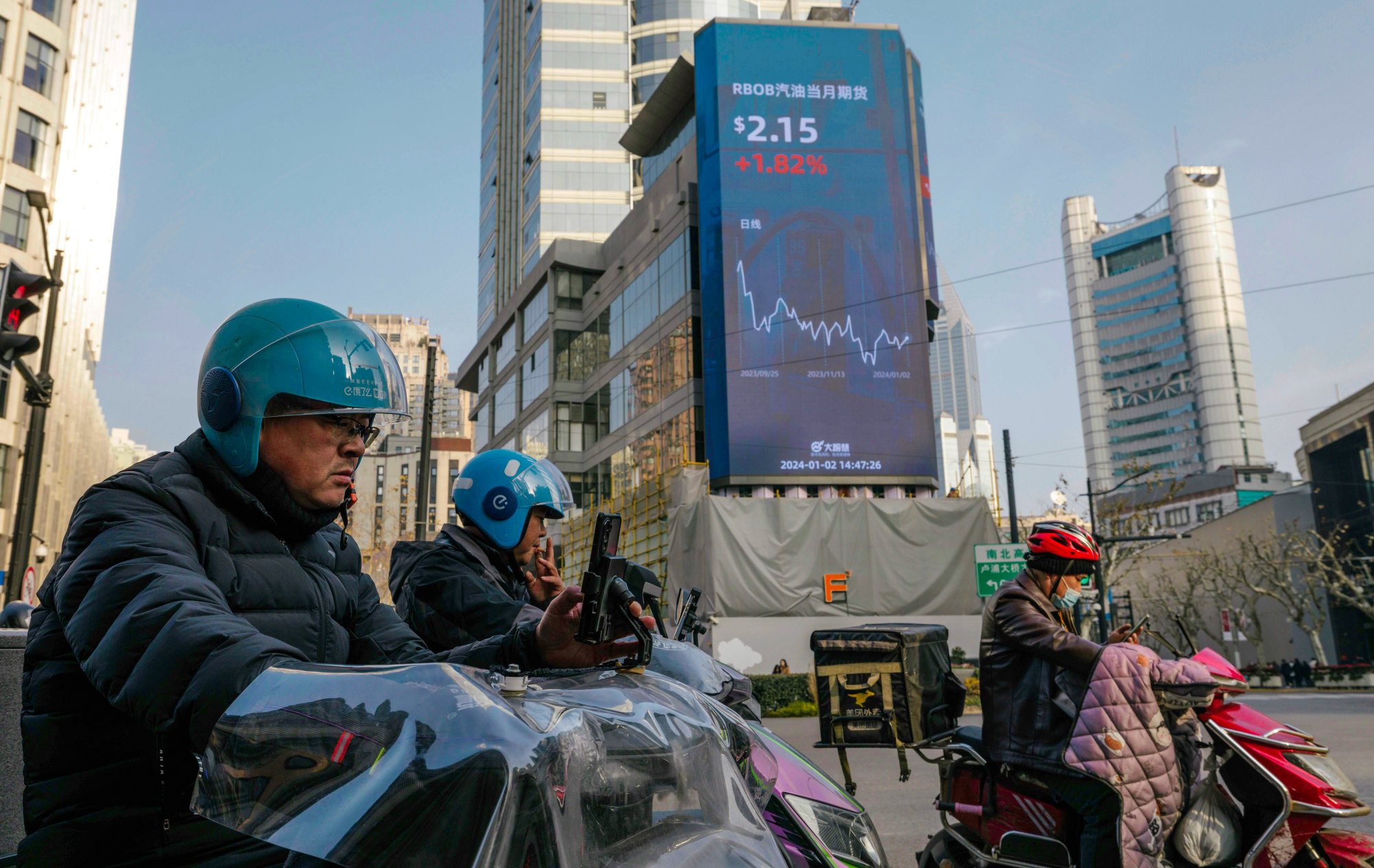
10 Jan China’s 10-year sovereign bond jumps, driving yield to lowest since 2020 as bets on interest-rate cuts increase
A jump in China’s benchmark 10-year government bond has sent its yield to its lowest since 2020 as traders ramped up wagers that policymakers will cut interest rates this year to rejuvenate growth.
The debt yield was 2.494 per cent on Wednesday, a level not seen since April 29, 2020, and has dropped 6.7 basis points this year, according to Bloomberg data. Bond yields move in opposition to prices.
The resilience in the debt market stands in sharp contrast with yuan-traded stocks, which are off to their worst start to a year in more than two decades.
Bond traders have been increasing their bets that more cuts in lending rates will be delivered in 2024 after a deluge of stimulus measures – including eased restrictions on home purchases and 1 trillion yuan (US$139.4 billion) in special sovereign bonds – have done little to fuel a strong recovery.

Meanwhile, cuts in the deposit rates by major commercial banks late last year have left more wiggle room for lower lending rates, with wider net-interest margins in place now.
“There’s no turnaround of weak fundamentals now on the backdrop of a sluggish property market, high levels of local-government debts and China’s transition to a new growth model,” said Zhang Jiqiang, an analyst at Huatai Securities in Beijing. “Looking forward into the second quarter, the yield may even test 2.4 per cent.”
A convergence of monetary policy with the US, where the Federal Reserve is expected to cut borrowing costs amid cooling inflation, will embolden China to reduce interest rates this year, as the risk of capital outflows and yuan depreciation eases, Zhang said.
The five-year loan prime rate (LPR), the benchmark lending rate used for pricing mortgage loans, will be in focus. It stands at 4.2 per cent now after one reduction of 10 basis points last year, and has been left unchanged since June. Economists expect a 10-basis-point cut when the monthly pricing is announced on January 22, according to Bloomberg data.
China’s LGFVs must repay a record US$651 billion of bonds in 2024
China’s LGFVs must repay a record US$651 billion of bonds in 2024
The probability of a cut in the lending rate is increasing as the reduction in the deposit rate and a wobbling growth outlook warrants such a move, according to Nomura Holdings. The property sector had a sombre start to the year, with sales continuing to decline in lower-tier cities, and domestic consumption is also expected to waver, it said.
“We maintain our view of another economic dip, especially after the Lunar New Year, when pent-up demand is likely to reach an end,” said Lu Ting, chief China economist at Nomura.
“The economic recovery is patchy, and the PMI report points to weak domestic demand,” said Li Pei, an analyst at Donghai Securities. “That will give support for the 2.5 per cent yield on the 10-year bond.”
